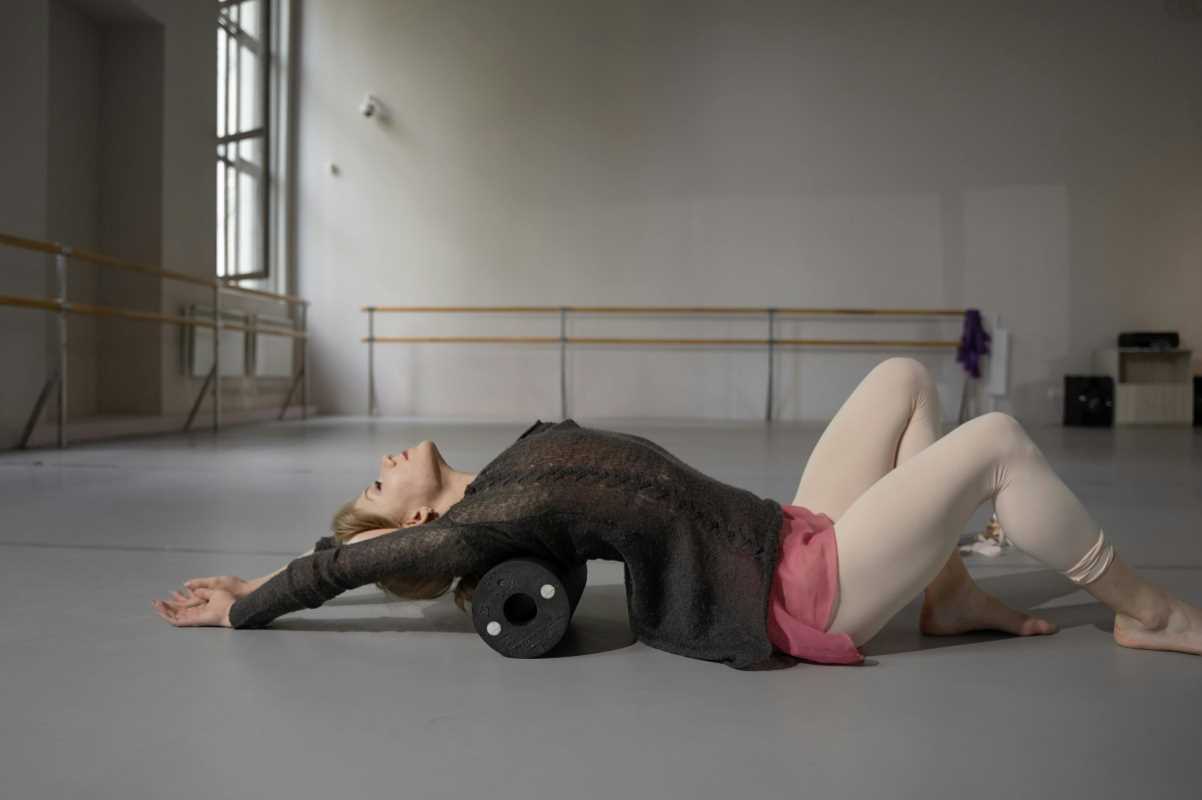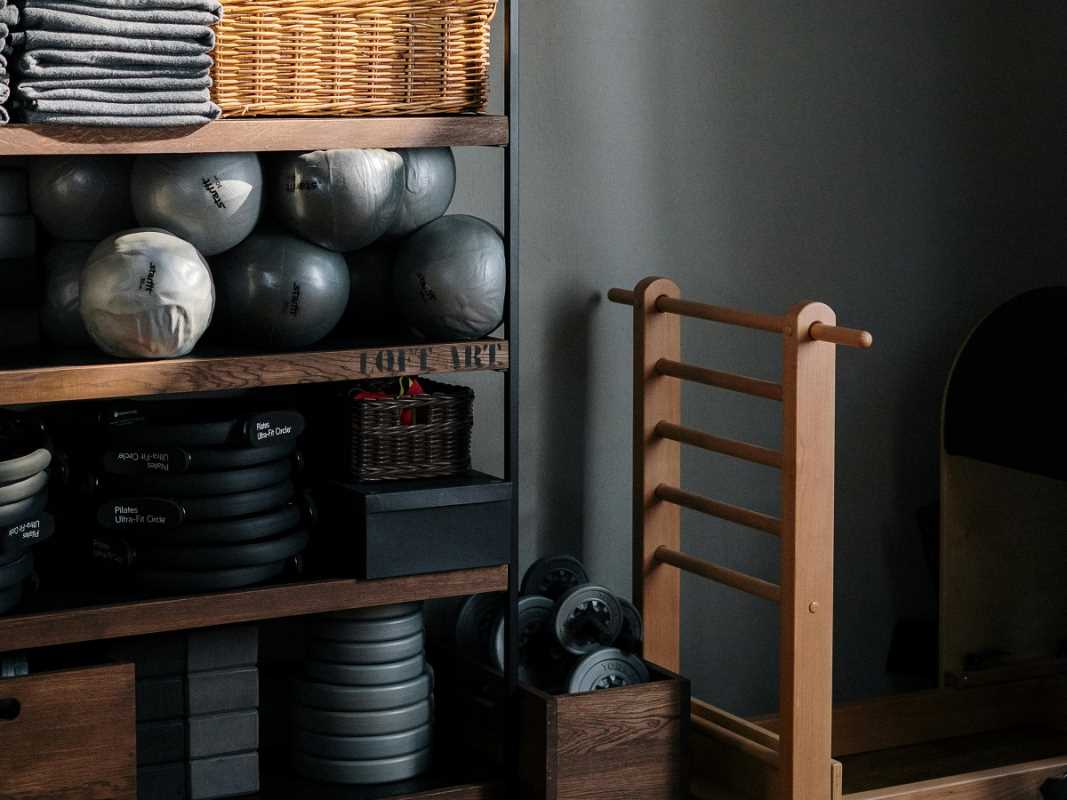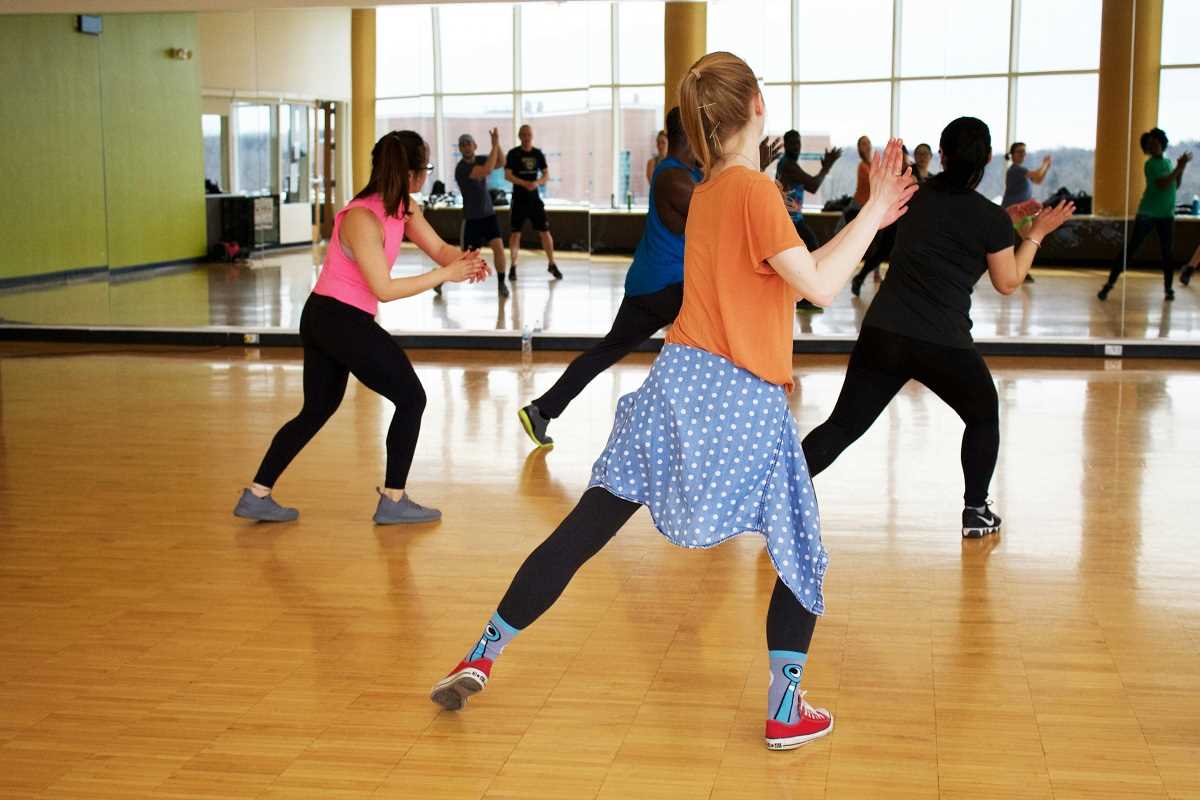Whether you're new to strength training or trying to take your fitness routine to the next level, heavy lifting can feel both exciting and empowering. The idea of building strength, boosting bone health, and seeing your body transform is appealing. However, before jumping into the world of barbells and dumbbells, there's a crucial step that many people overlook. That step? Joint stability training.
This might not sound as glamorous or challenging as a high-intensity workout or lifting triple digits, but don’t underestimate its value. Think of joint stability as the foundation of a house. Without it, everything you build on top is unstable and at risk of collapsing. By prioritizing joint stability training, you’re setting yourself up for long-term success, injury prevention, and better results from your workouts.
If you’re a middle-aged woman looking to start heavy lifting or improve your current fitness regimen, this guide will help you understand why joint stability matters and how to get started.
What is Joint Stability?
Joint stability refers to the ability of a joint to maintain its position and function during movement or while under stress. Essentially, it’s what keeps your joints steady and aligned, even when you’re moving or lifting heavy objects. Your joints are supported by muscles, tendons, and ligaments that work together to keep everything in place. If any part of this support system is weak, your joints are more likely to wobble, shift improperly, or get injured.
Take your knee joint, for example. It’s not just your knee itself doing all the work when you move; the muscles in your thighs, calves, and even your glutes all contribute to keeping your knee stable. If these supporting muscles are weak, lifting heavy weights can put unnecessary strain on the joint, leaving you vulnerable to pain, injury, or even long-term damage.
Why Should Joint Stability Come First?
When it comes to fitness, many women focus on the end goal, like lifting heavier weights or toning specific areas of their bodies. But skipping joint stability training is like building a house without reinforcing the foundation. Sure, it might hold up for a while, but over time, cracks will start to show.
Here’s why joint stability should always precede a heavy lifting program:
1. Prevents Injury
Heavy lifting places a significant amount of stress on your joints, especially your knees, shoulders, hips, and wrists. Without strong, stable joints, this stress can lead to injuries like sprains, strains, or even ligament tears. These injuries are not only painful but can also set back your fitness progress for weeks or months.
Training for joint stability prepares your body for the demands of lifting. Strong supporting muscles and ligaments reduce the likelihood of improper joint alignment, which is a common cause of injury.
2. Improves Form and Technique
Good form is essential in heavy lifting. But maintaining proper technique can be a challenge if your joints lack stability. For example, when performing a squat, unstable knees can make it difficult to keep your legs aligned, which can throw off your entire posture during the lift. Similarly, an unstable shoulder joint can make pressing movements feel awkward or imbalanced.
Joint stability training targets weaknesses, helping you maintain better control over your movements. This not only improves your lifting form but also allows you to lift heavier weights safely.
3. Boosts Strength and Performance
It might seem counterintuitive, but stable joints actually allow you to lift heavier weights over time. This is because energy leaks are minimized when your joints are properly supported. Energy leaks occur when unstable joints wobble or shift, causing you to use up energy trying to maintain balance rather than applying full force to lift the weight.
By improving joint stability, you’re essentially “locking in” the energy pathway, making your movements more efficient and allowing you to exert more strength where it counts.
4. Supports Long-Term Joint Health
It’s no secret that as we age, our joints require extra care. Middle-aged women, in particular, may already be dealing with natural wear and tear, osteoarthritis, or reduced flexibility. Jumping into a heavy lifting program without addressing joint stability can accelerate these issues.
By focusing on joint stability, you’re not just preparing for your next workout—you’re investing in the long-term health and functionality of your joints.
Signs Your Joints May Need Stability Work
How can you tell if your joints need a little extra attention? Here are some common signs that joint stability might be an issue:
- You feel shaky or wobbly during certain exercises, like lunges or squats.
- You experience joint pain after workouts or during everyday activities.
- Your balance feels off, especially when performing one-sided movements like a single-leg deadlift.
- You’ve had a previous injury to a joint, ligament, or tendon (like a sprained ankle or a torn rotator cuff).
- You notice poor posture or alignment during exercises, such as knees caving inward during a squat.
If any of these sound familiar, it’s a good idea to include joint stability exercises in your fitness routine before progressing to heavy lifting.
How to Train for Joint Stability
The good news is that joint stability training doesn’t require fancy equipment or hours of your time. Here’s how you can get started:
1. Activate Your Core
Your core isn’t just your abs; it includes all the muscles around your trunk and pelvis. A strong core provides the foundation for stability throughout your entire body. Planks, bird dogs, and side planks are excellent exercises to activate your core and improve overall stability.
2. Focus on Balance
Balance exercises strengthen stabilizing muscles and improve your body’s ability to maintain control during movement. Try single-leg exercises like single-leg squats or step-ups. You can also try using a balance tool like a Bosu ball for an added challenge.
3. Include Isometric Holds
Isometric exercises involve holding a position without moving, which can help build joint stability and endurance. For example, wall sits or holding a dumbbell in a static lunge position target the muscles around your knees and hips, providing added stability.
4. Strengthen Supporting Muscles
Strengthen the smaller, stabilizing muscles around your major joints. For example:
- Shoulders: Try banded external rotations or scapular push-ups.
- Hips: Include glute bridges and clamshells in your routine.
- Ankles and Knees: Perform calf raises and side lunges.
5. Use Resistance Bands
Resistance bands are a fantastic tool for joint stability training. They help engage smaller muscles while keeping tension on your joints. For example, loop a resistance band around your thighs while performing squats to engage your hip stabilizers.
6. Practice Proper Warm-Ups
Warm-ups are your best friend when it comes to joint health. A good warm-up increases blood flow, activates stabilizing muscles, and prepares your joints for movement. Dynamic stretches like leg swings, arm circles, and hip openers are a great way to loosen up your joints before lifting.
When Should You Start Lifting Heavy?
Once you’ve spent time improving joint stability and feel confident in your movement control, you can start incorporating heavier weights into your routine. The key is to progress gradually. Begin with lighter weights and focus on perfecting your form. Over time, you can increase the weight as your body adapts and your joints remain stable under the added load.
If you’re unsure about your readiness, consider consulting a certified personal trainer or physical therapist. They can assess your position and guide you in building a program tailored to your needs.
Strength training is a powerful tool for improving health, fitness, and quality of life, especially for middle-aged women. But as with any fitness goal, the key to success is starting with a solid foundation. By prioritizing joint stability training before jumping into heavy lifting, you’re setting yourself up for safer workouts, better results, and healthier joints down the road.
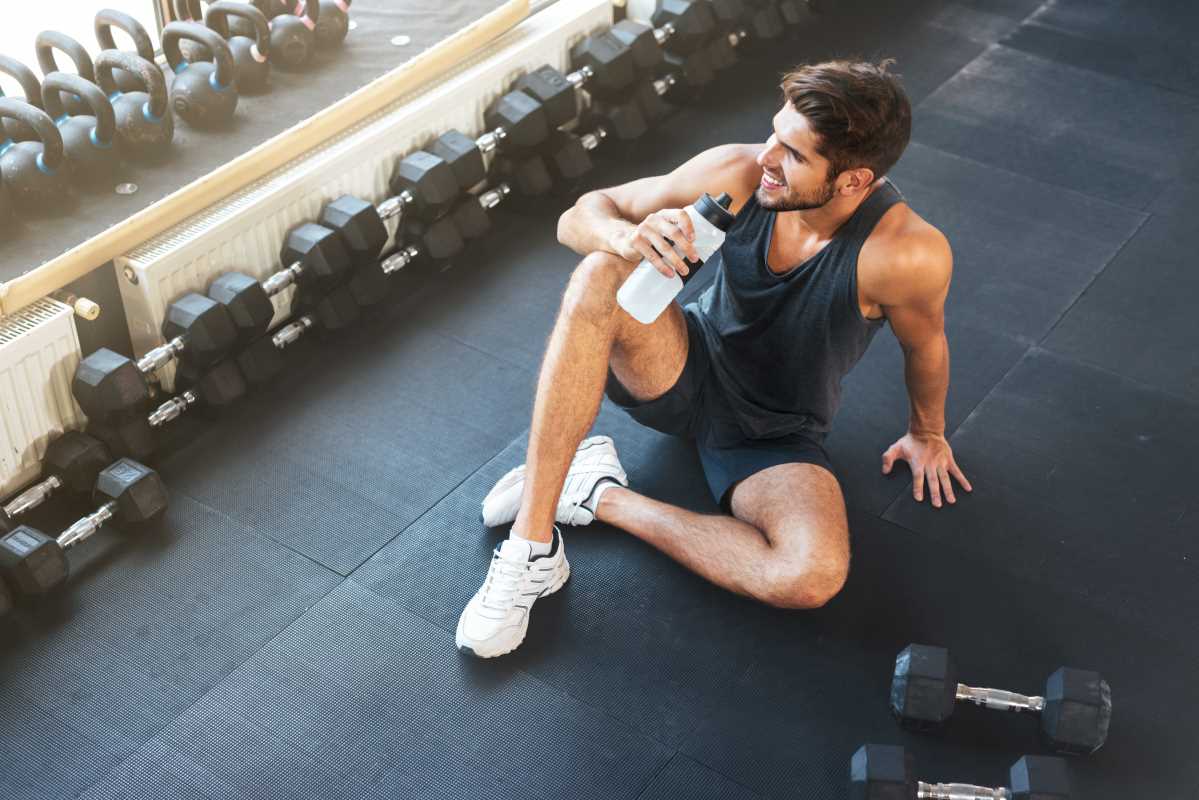
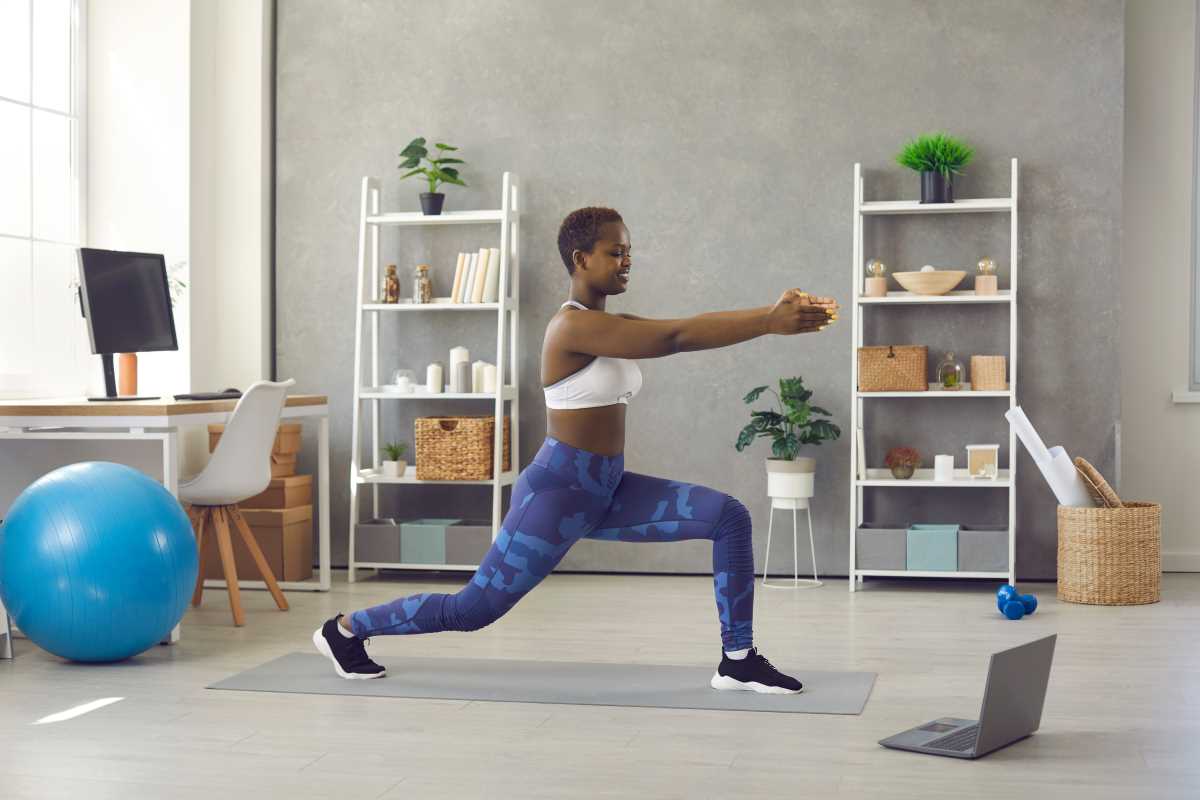
.jpg)


